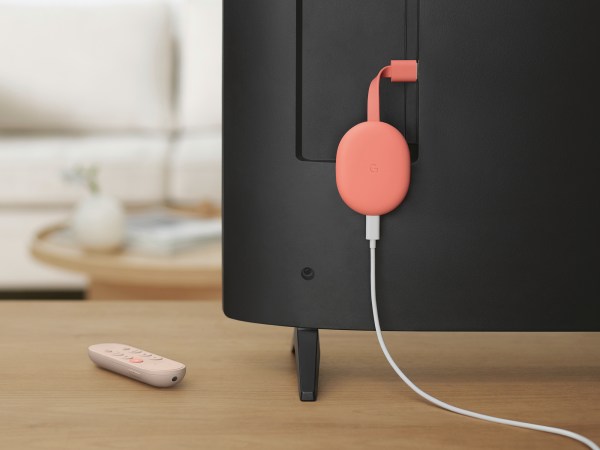

We may earn revenue from the products available on this page and participate in affiliate programs. Learn more ›
For the ultimate home theater audio quality, you can connect both a soundbar and a subwoofer to your television. High-standard gadgets will give you a super-immersive surround sound audio experience, with plenty of bass kick to bring out the lower frequencies in music, dialog, and sound effects. But it’s not quite as simple as plug-and-play. Once you’ve decided what kit to get, and where to place your TV, the next challenge is finding where to place a subwoofer with a soundbar. Depending on the room your sound system will live in, you may have a lot of choices, but it’s important to weigh up what the best positioning is if you want to get the most from your audio experience.
We played around with the Sonos Beam soundbar ($568) and the Sonos Sub subwoofer ($749), but whatever kit you’re using, the general principles around placement are the same.
[Related: Best soundbars in 2022]
Bass frequencies are particularly sensitive to whatever else is in the room—furniture, pets, windows, walls—which is why getting your subwoofer in the right place in relation to your soundbar is so important.
Bass sound is also less directional than higher frequencies: That’s good in that it means the way that the subwoofer is pointing isn’t crucial, but it can result in sound waves bouncing all around the room. This can lead to dead spots (where waves cancel each other out) or boomy, exaggerated sounds where the bass is layered on top of each other.

Manufacturers don’t usually offer much advice when it comes to equipment placement, other than to say the subwoofer should be on a floor for extra stability. It’s largely up to you to decide what works and how you’re going to get the best sound possible. But before you lay out your options, check your gadget’s instruction manual just in case there are other elements you’ll need to consider. Sonos, for example, recommends you keep its Sub, which uses strong magnets, away from equipment that’s sensitive to magnetic fields.
With that in mind, there’s no one-size-fits-all layout that everyone should stick to. The right position for your subwoofer is going to depend on factors such as the model of the subwoofer, the other equipment you’re using it with, the size of your space, and what else is in it. Some trial and error might be required to get the best sound possible from your audio setup.
In fact, there’s something called the ‘sub crawl’ that is often recommended. It involves putting the subwoofer where you normally sit, playing some audio through it, and then getting down on your hands and knees and moving around the room until you get the best sound. When you’ve found the sweet spot, you can move the subwoofer to it and put your armchair or couch back in its normal position.
Generally speaking, the more space you can afford around your subwoofer, the better. You’re clearly going to be restricted by cables and furniture—and by wanting to avoid tripping over it every time you walk past the TV—but it’s a good idea to get it as far away from walls and cabinets as you can.

Most people have their soundbar sitting in front of the TV, and putting the subwoofer centrally in front of this setup is also a common approach. This ensures the sound stays in sync because it’s all in more or less the same position. If you can, get the subwoofer around a third of the way into your room, or as close to that as possible.
Another popular position for the subwoofer is in a corner of the room, to the right or left of the television and soundbar. If you decide to go with that positioning though, leave a gap of space of at least 6 inches all around it to make sure the soundwaves have enough room to get out. Generally speaking, you should keep subwoofers out of cabinets and cramped shelf spaces, as the lack of room around them has a negative impact on the audio.
[Related: Three options for adding surround sound to your home theater]
Whether your sub is wired or wireless will also help determine your options and which one is best for you. It’s worth experimenting with a few different configurations to see what works best for your particular space. But before you make a final decision, make sure you thoroughly test every new spot—try different audio sources, and listen to how it sounds when you’re standing or sitting in different parts of the room.
Once you determine where to place a subwoofer with a soundbar, you’re only a few toggles away from enjoying the benefits of a full-range audio system. We recommend diving into the settings for your subwoofer, as there may be options for tweaking the audio coming from your soundbar and subwoofer to match the room they’re in. In the case of Sonos speakers, for example, it’s called Sonos Trueplay, and other manufacturers have similar systems.













